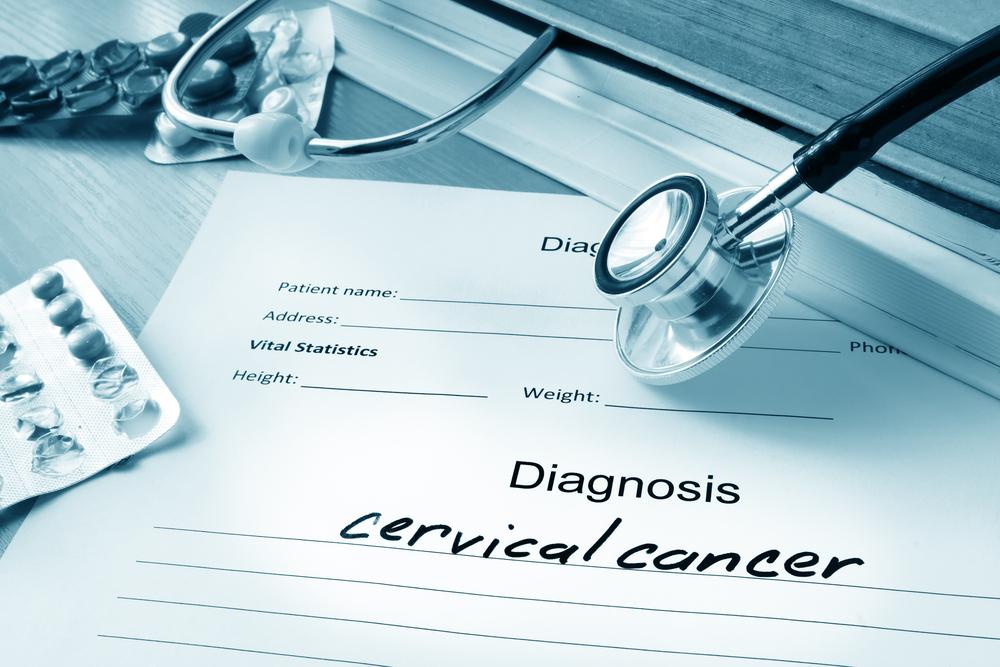Comprehensive Guide to Liver Cancer Diagnosis and Management
This article offers an in-depth overview of liver cancer, including its causes, symptoms, staging methods, and treatment options. It aims to educate readers on effectively diagnosing and managing the condition, emphasizing the importance of early detection and appropriate therapies. Understanding liver cancer lifecycle enhances awareness and aids in timely intervention, improving patient outcomes.

Understanding Liver Cancer: Diagnosis and Treatment Strategies
The liver, the body's largest internal organ, rests beneath your right lung and rib cage. It plays a vital role in detoxifying blood, processing nutrients, and producing bile for digestion. Proper liver function is essential for overall health.
Liver cancer occurs when malignant cells develop within the organ, forming tumors. This is known as primary liver cancer, resulting from uncontrolled cell growth inside the liver.
Factors Contributing to Liver Cancer
Chronic Liver Cirrhosis, which causes scar tissue buildup, significantly raises the risk of developing primary liver cancer.
Other risk factors include:
Type 2 diabetes
Heavy alcohol intake and smoking
Obesity
Exposure to arsenic in water
Signs and Symptoms
Watch for unexplained weight loss, fatigue, fever, poor appetite, nausea, swelling or a mass under the ribs due to an enlarged liver or spleen, abdominal pain, fluid buildup, or jaundice.
Staging Process for Liver Cancer
Accurate staging guides treatment decisions. The TNM system, endorsed by the American Joint Committee on Cancer, assesses tumor size, lymph node involvement, and metastasis.
Stage I: A single tumor confined within the liver without spread outside
Stage II: Multiple small tumors or tumors involving nearby blood vessels
Stage III: Larger tumors affecting blood vessels and possibly the gallbladder
Stage IV: Cancer spread beyond the liver to other parts of the body
Treatment Options
Radiofrequency Ablation: Uses heat to destroy cancer cells via skin or surgery.
Percutaneous Ethanol Injection: Alcohol is injected directly into small tumors (<3cm) to induce cell death.
Radiation Therapy: High-energy radiation targets and destroys cancer cells.
Additional treatments like chemoembolization, radioembolization, targeted therapy, and chemotherapy involve injecting potent drugs into arteries supplying the tumor to inhibit growth. Surgical options include partial liver removal or transplant for early cases.
Note:
This blog provides comprehensive information across various topics. While our research offers valuable insights, it should not replace professional medical advice. We disclaim responsibility for discrepancies or updates and acknowledge that some schemes or offers may not be covered.










